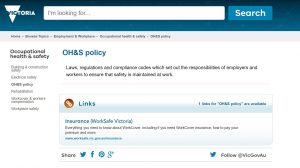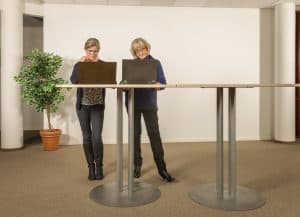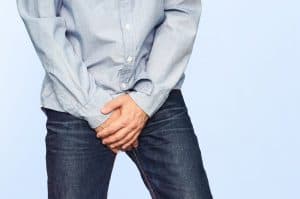 If you ask a lawyer for advice about any issue related to occupational health and safety (OHS) their first piece of advice is likely to be “write a policy”. There are good legal reasons for advocating a policy, but policies can also create major problems. Policies are both a reflection of a workplace and the base on which improvements can be created.
If you ask a lawyer for advice about any issue related to occupational health and safety (OHS) their first piece of advice is likely to be “write a policy”. There are good legal reasons for advocating a policy, but policies can also create major problems. Policies are both a reflection of a workplace and the base on which improvements can be created.
Search for OHS policy guidance from the Victorian Government and it takes you to a page that describes an OHS policy as
“Laws, regulations and compliance codes which set out the responsibilities of employers and workers to ensure that safety is maintained at work.”
NO it’s not. The page also directs you to a WorkSafe page about insurance!
WorkSafe Tasmania

 The
The 
 Every man is aware of his penis and scrotum from a very early age. Male genitals do not feature often in discussions about occupational health and safety (OHS) but there was a workplace incident in the United States around 1970 that gained considerable attention but not really from the OHS perspective. I have always thought this incident would be a useful case study for discussing how this scenario would be managed today.
Every man is aware of his penis and scrotum from a very early age. Male genitals do not feature often in discussions about occupational health and safety (OHS) but there was a workplace incident in the United States around 1970 that gained considerable attention but not really from the OHS perspective. I have always thought this incident would be a useful case study for discussing how this scenario would be managed today. The Victorian Parliament continues to consider the
The Victorian Parliament continues to consider the